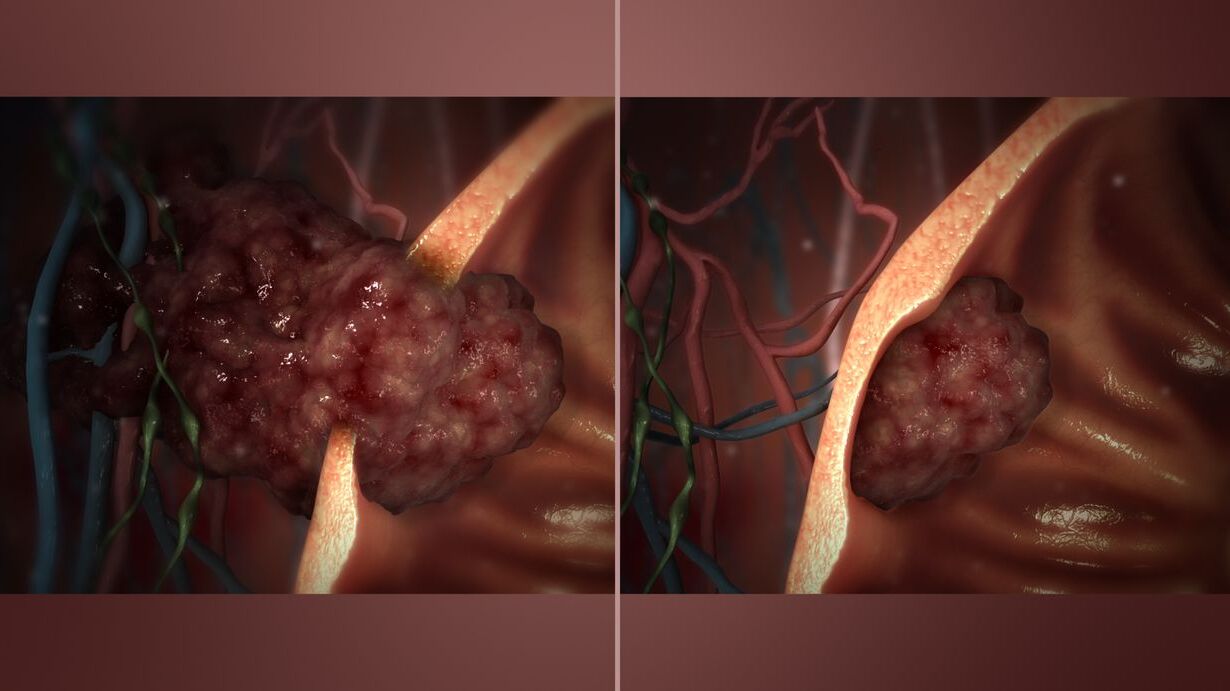
Malignant melanoma is a serious type of skin cancer that originates in the cells producing melanin, the pigment responsible for skin color. Unlike other skin cancers, melanoma can spread to other parts of the body if not detected early. Did you know that melanoma is more common in people with fair skin, but it can affect anyone? Early detection is crucial for successful treatment, making awareness of its signs and symptoms vital. Sun exposure and tanning beds significantly increase the risk of developing melanoma. Regular skin checks and protective measures like sunscreen can help reduce this risk. Stay informed and proactive about your skin health to combat this potentially deadly disease.
What is Malignant?
Malignant refers to the presence of cancerous cells that grow uncontrollably and can spread to other parts of the body. Understanding malignant conditions is crucial for early detection and treatment.
- Malignant tumors are cancerous growths that can invade nearby tissues and organs.
- Benign tumors, in contrast, do not spread and are usually not life-threatening.
- Metastasis is the process by which malignant cells spread from the original site to other parts of the body.
- Carcinomas are the most common type of malignant tumors, originating in the skin or tissues that line internal organs.
- Sarcomas are malignant tumors that begin in bone, cartilage, fat, muscle, or other connective tissues.
Causes of Malignant Tumors
Various factors can contribute to the development of malignant tumors. These can be genetic, environmental, or lifestyle-related.
- Genetic mutations can lead to the development of malignant cells.
- Exposure to carcinogens like tobacco smoke, asbestos, and certain chemicals increases cancer risk.
- Radiation exposure from sources like X-rays or ultraviolet rays can cause malignant changes in cells.
- Chronic inflammation can contribute to the development of malignant tumors.
- Viral infections such as HPV and Hepatitis B and C are linked to certain types of cancer.
Symptoms of Malignant Tumors
Recognizing the symptoms of malignant tumors can lead to early diagnosis and better treatment outcomes.
- Unexplained weight loss is a common symptom of many types of cancer.
- Persistent fatigue can be a sign of an underlying malignant condition.
- Pain that does not go away and worsens over time may indicate a malignant tumor.
- Changes in skin such as new moles or sores that do not heal can be warning signs.
- Unusual bleeding or discharge can be symptoms of cancers in various organs.
Diagnosis of Malignant Tumors
Early and accurate diagnosis is essential for effective treatment of malignant tumors.
- Biopsies involve taking a small sample of tissue to examine for cancer cells.
- Imaging tests like CT scans, MRIs, and X-rays help visualize tumors inside the body.
- Blood tests can detect markers that indicate the presence of cancer.
- Endoscopy allows doctors to view the inside of organs and take tissue samples.
- Genetic testing can identify mutations associated with certain types of cancer.
Treatment Options for Malignant Tumors
Various treatment options are available for malignant tumors, depending on the type and stage of cancer.
- Surgery is often used to remove malignant tumors.
- Radiation therapy uses high-energy rays to kill cancer cells.
- Chemotherapy involves using drugs to destroy cancer cells.
- Immunotherapy boosts the body's immune system to fight cancer.
- Targeted therapy uses drugs that specifically target cancer cells without affecting normal cells.
Prevention and Early Detection
Preventing malignant tumors and detecting them early can significantly improve outcomes.
- Regular screenings like mammograms, colonoscopies, and Pap smears can detect cancer early.
- Healthy lifestyle choices such as a balanced diet and regular exercise reduce cancer risk.
- Avoiding tobacco and limiting alcohol consumption can prevent many types of cancer.
- Vaccinations against viruses like HPV and Hepatitis B can prevent related cancers.
- Sun protection reduces the risk of skin cancer by avoiding harmful UV rays.
Living with Malignant Tumors
Living with a malignant tumor involves managing symptoms and maintaining quality of life.
- Support groups provide emotional support and practical advice for cancer patients.
- Palliative care focuses on relieving symptoms and improving the quality of life for patients with advanced cancer.
Final Thoughts on Malignant Tumors
Malignant tumors are a serious health concern. They grow uncontrollably, invade nearby tissues, and can spread to other parts of the body. Early detection and treatment are crucial for improving survival rates. Understanding the risk factors, such as genetics, lifestyle choices, and environmental exposures, can help in prevention efforts. Treatments like surgery, chemotherapy, and radiation therapy have advanced, offering better outcomes for patients. Staying informed and proactive about health can make a significant difference. Regular check-ups and being aware of any unusual changes in the body are essential steps. Remember, knowledge is power. By staying educated about malignant tumors, you can take control of your health and make informed decisions. Stay vigilant, stay healthy.
Was this page helpful?
Our commitment to delivering trustworthy and engaging content is at the heart of what we do. Each fact on our site is contributed by real users like you, bringing a wealth of diverse insights and information. To ensure the highest standards of accuracy and reliability, our dedicated editors meticulously review each submission. This process guarantees that the facts we share are not only fascinating but also credible. Trust in our commitment to quality and authenticity as you explore and learn with us.
